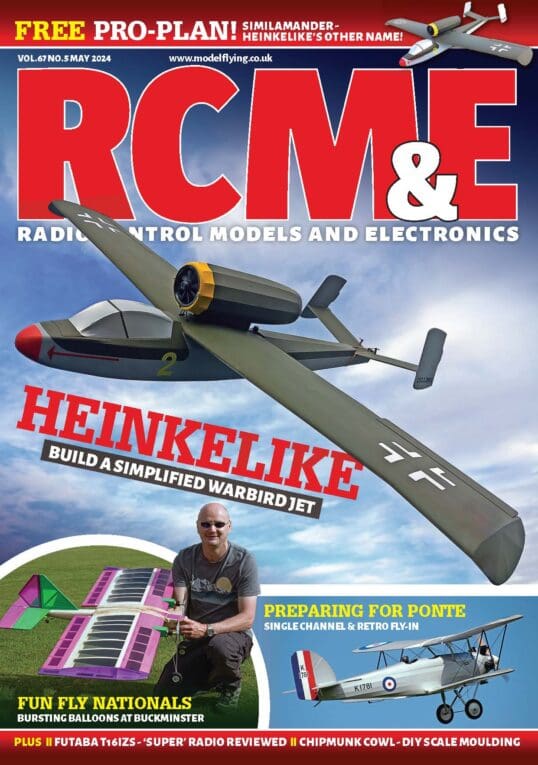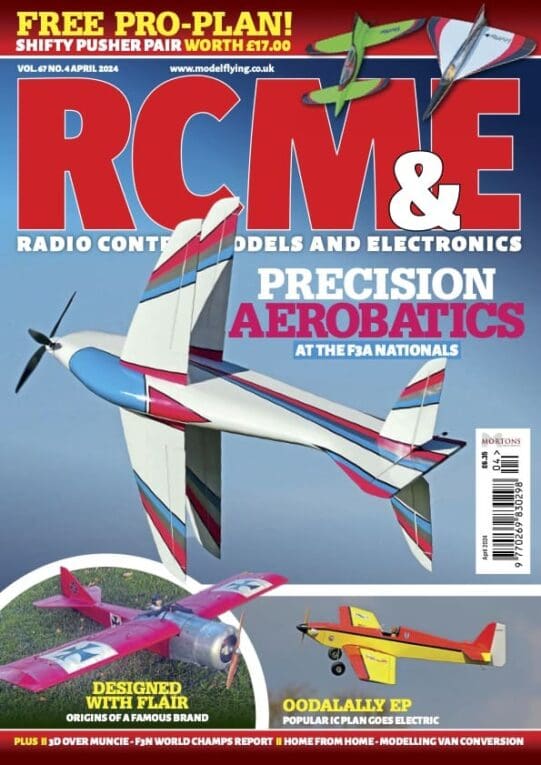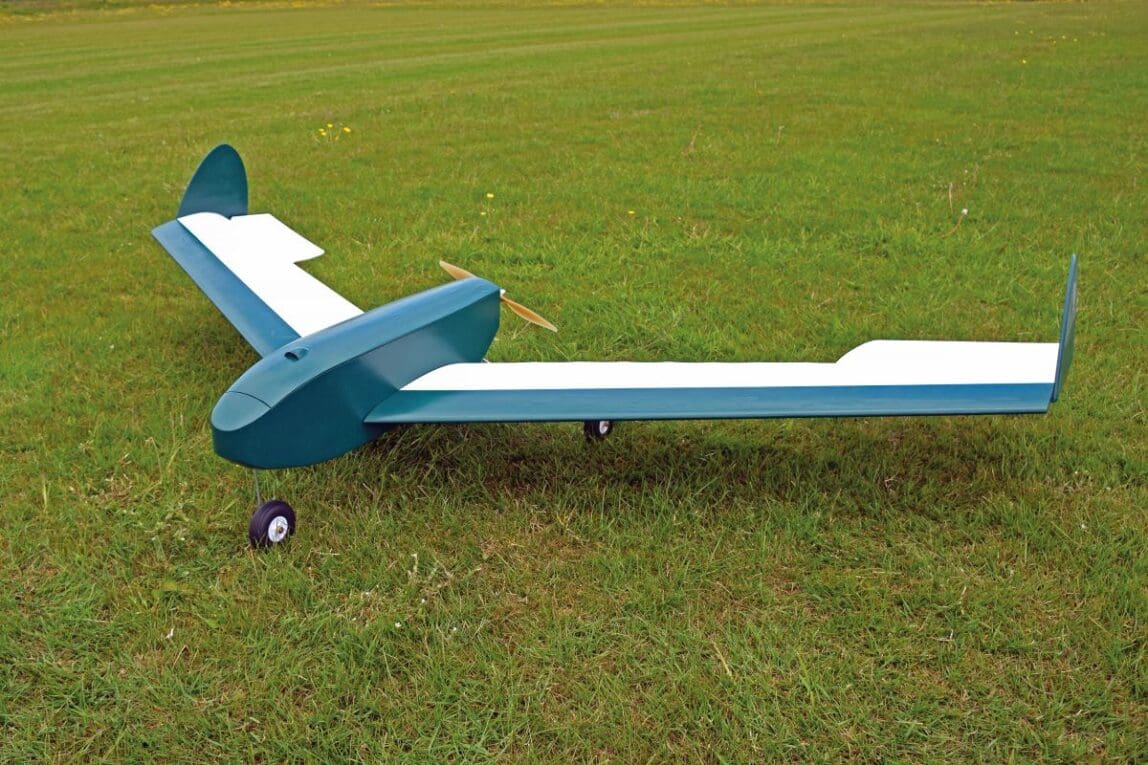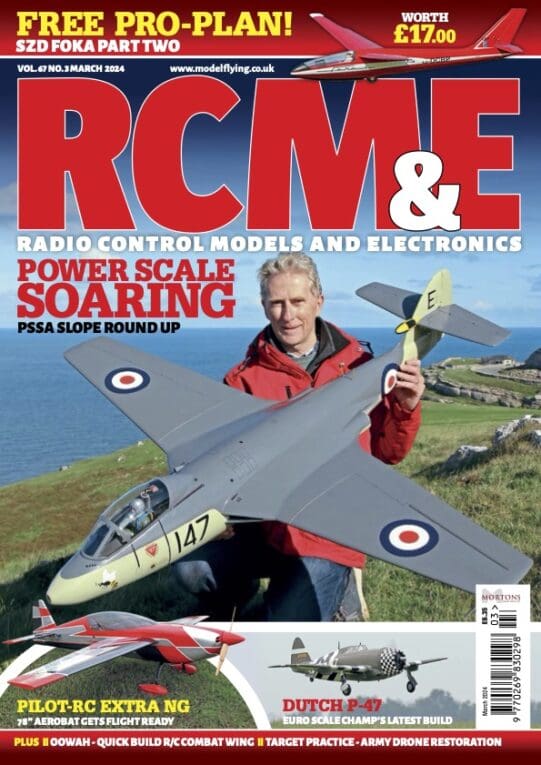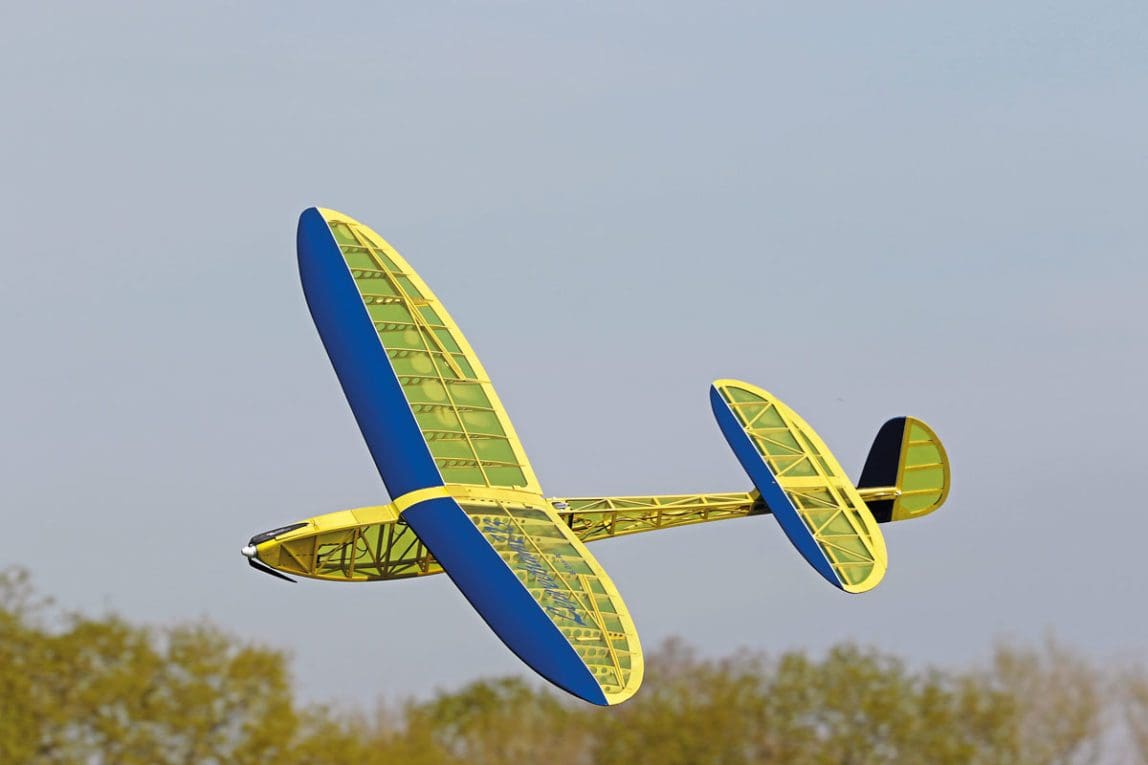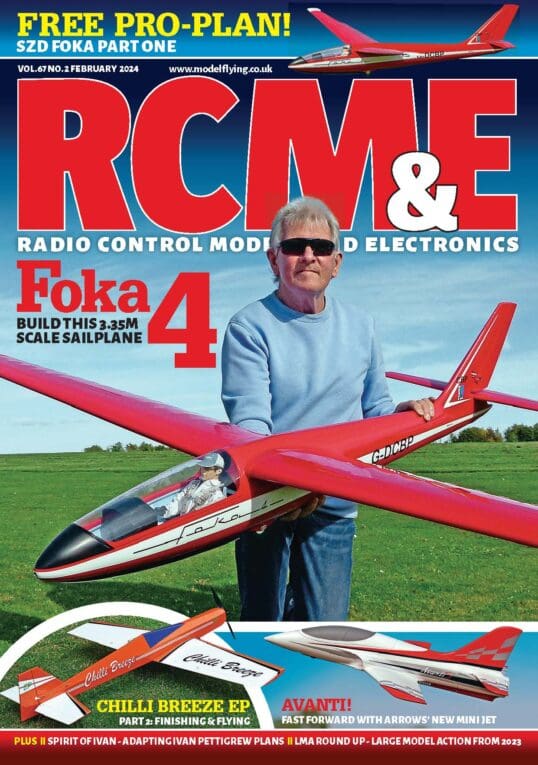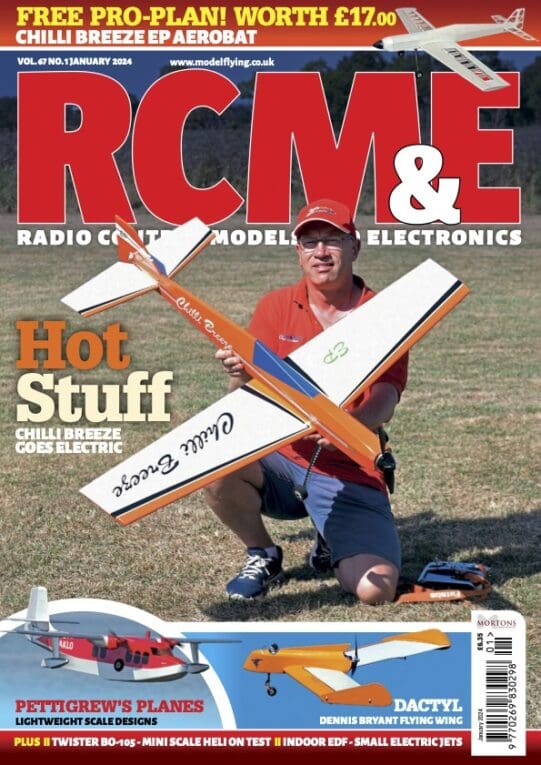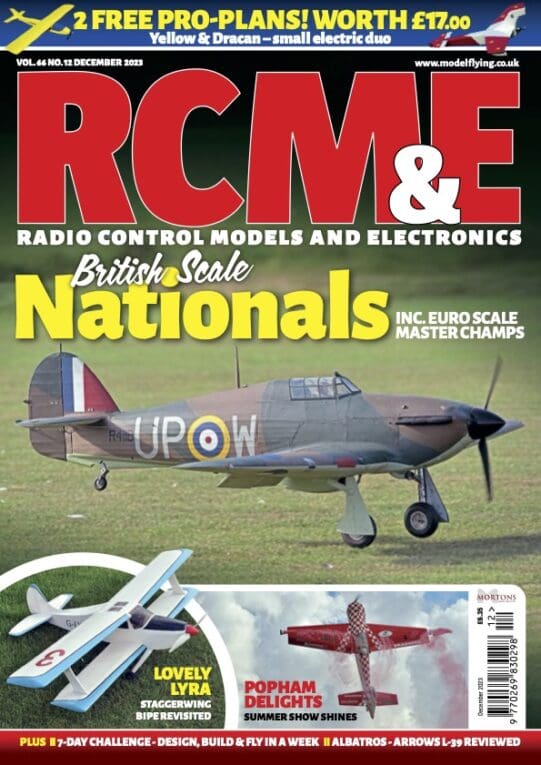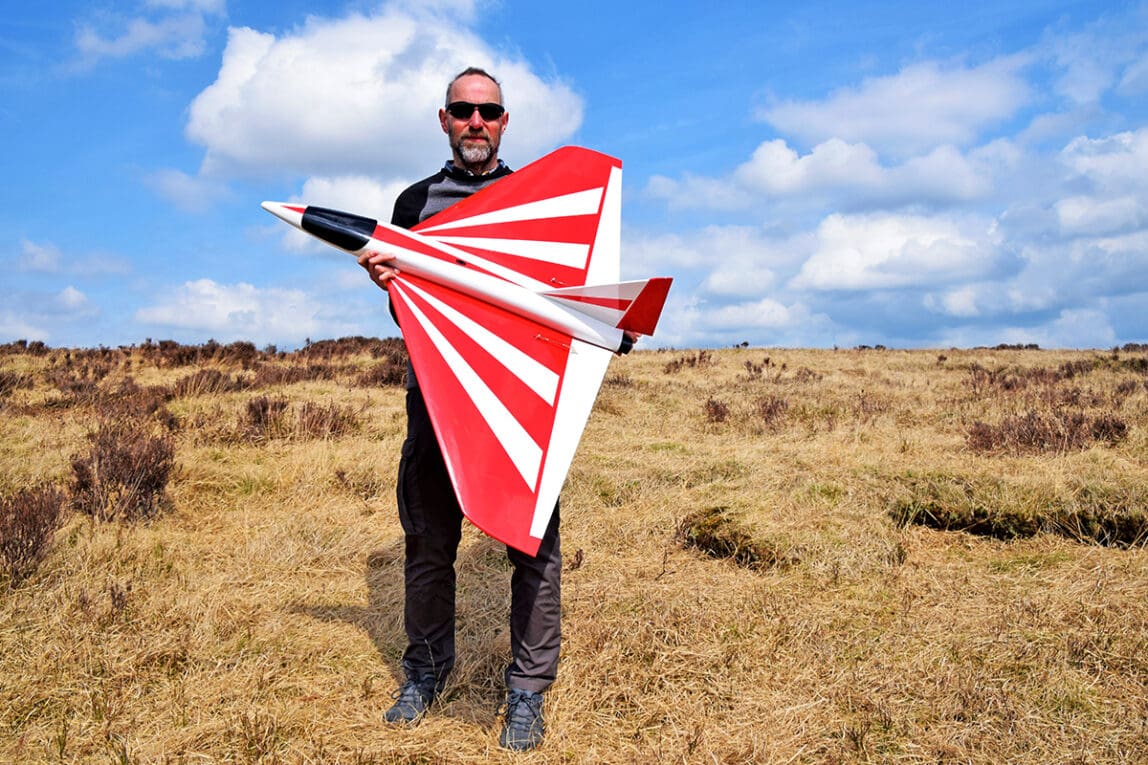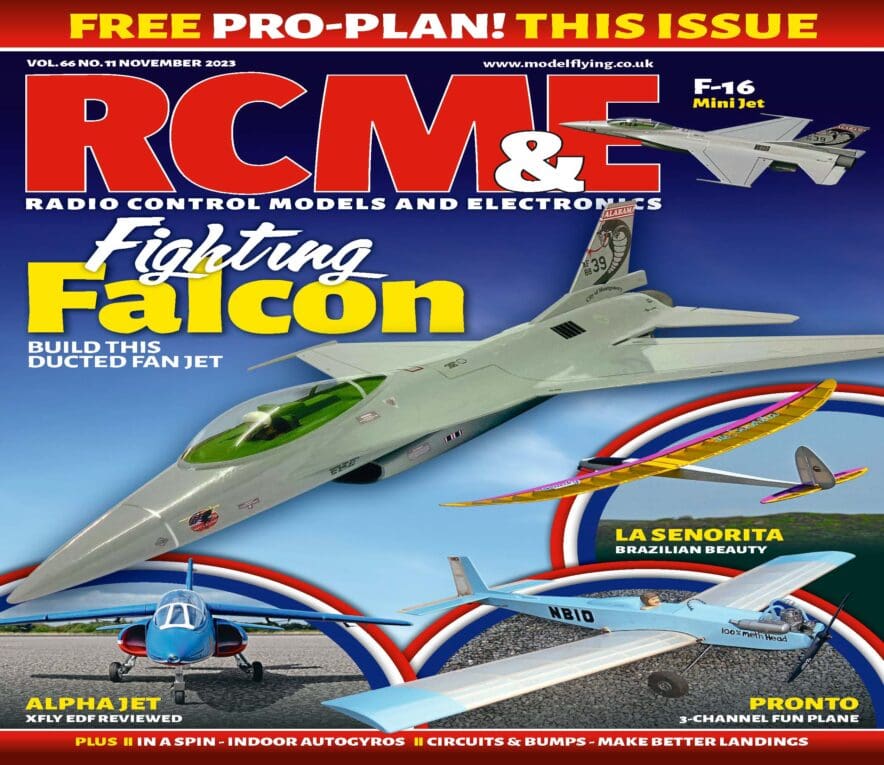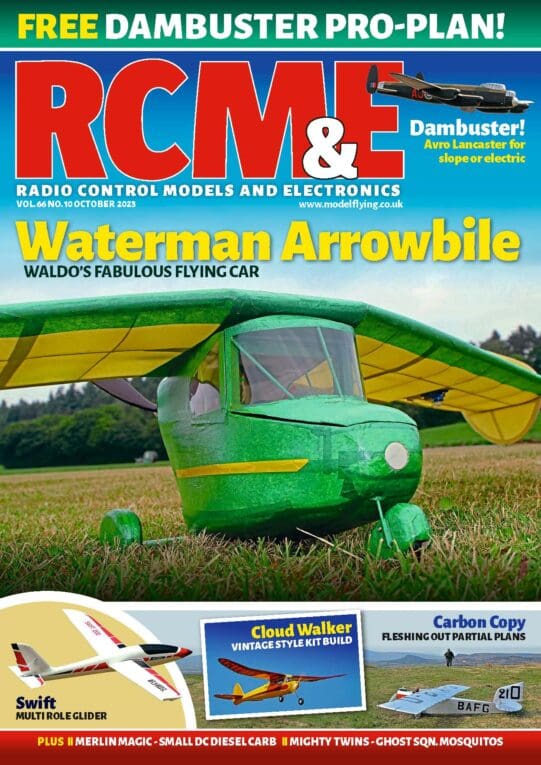Home
Free RCM&E Digital Issue
Enter your email below to gain access to a FREE issue of RCM&E!
RCM&E is dedicated to the building and flying of radio-controlled model aeroplanes. In each issue we aim to bring to our worldwide readership the very best selection of radio control model aircraft news, views and kit reviews, alongside informative and entertaining feature articles covering each aspect of the diverse model flying and building hobby.
By entering your email address to gain access to the free digital issue of RCM&E, you will be automatically added to our newsletter. You can unsubscribe at any time. To view our privacy police, please visit www.mortons.co.uk/privacy

